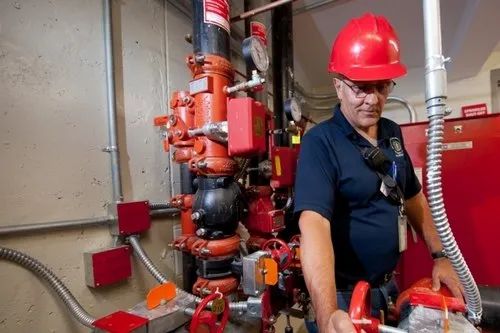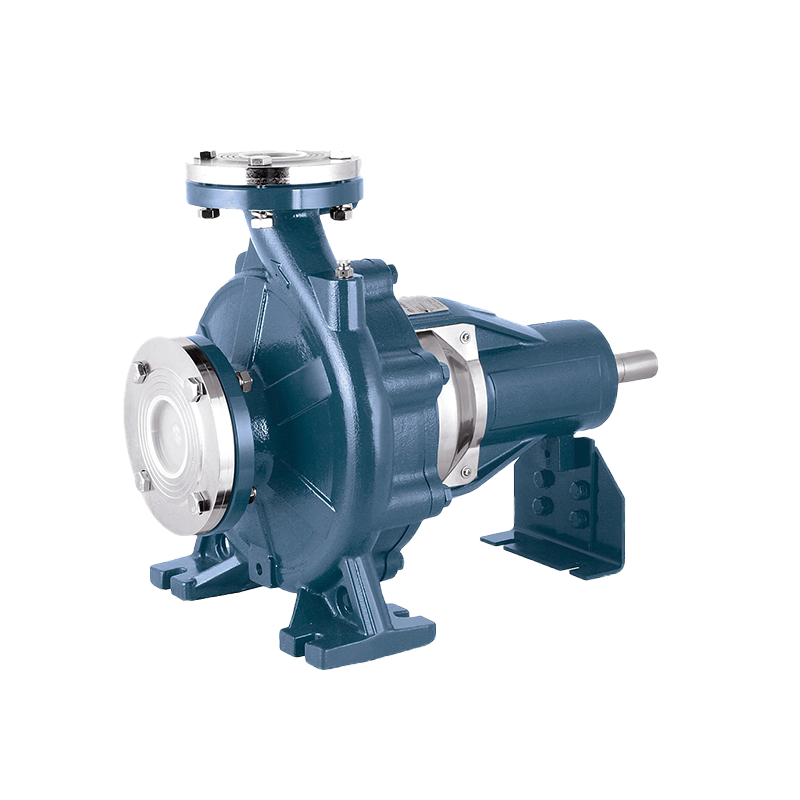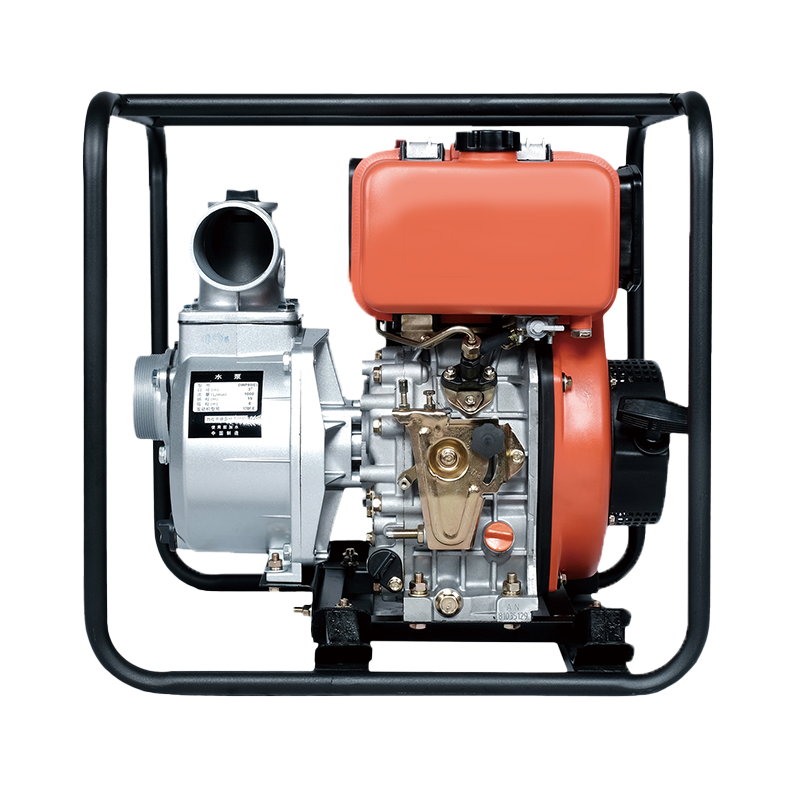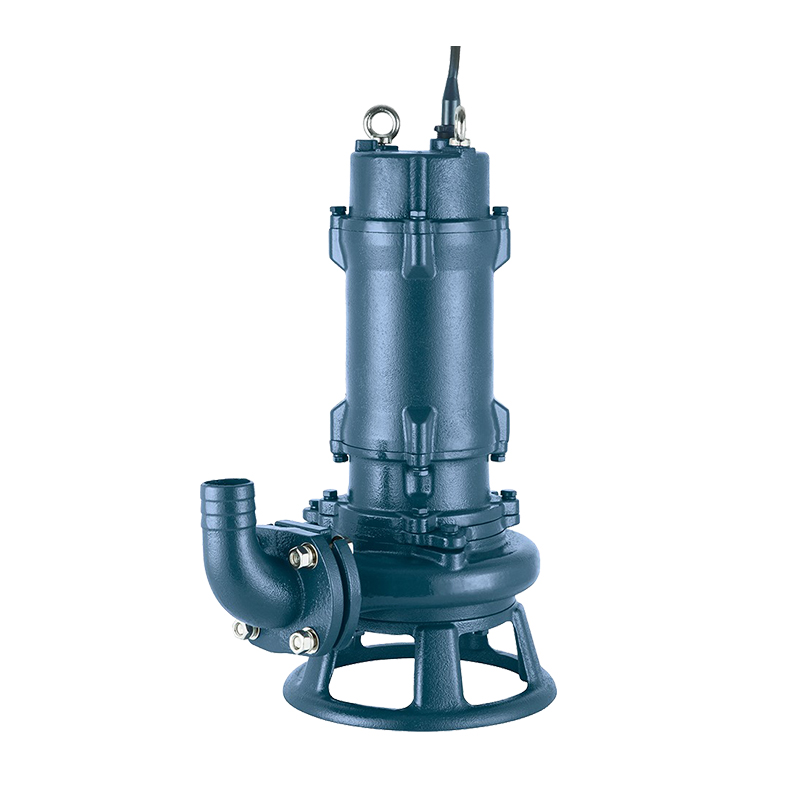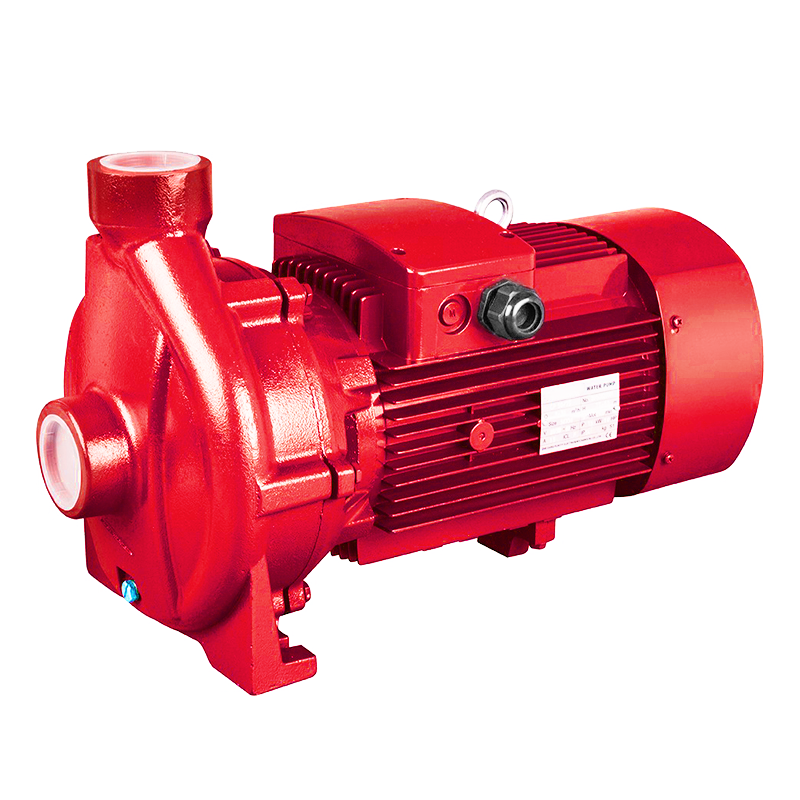Fire is one of the devastating forces that can threaten any property, be it a home, office, or industrial facility. The difference between a minor incident and a catastrophic loss often hinges on one critical factor: a well-designed and properly maintained fire fighting system. This comprehensive guide will delve into what a fire fighting system is, its various types, key components, and the undeniable importance of ensuring your building is equipped with the right protection.
What is a Fire Fighting System?
A fire fighting system is an integrated network of components designed to detect a fire early, alert occupants, and control or extinguish the blaze. Its primary purpose is life safety, ensuring people have enough time to evacuate. Secondly, it aims to protect property and assets from irreversible damage and ensure business continuity.
Main Types of Fire Fighting Systems
Not all fires are the same, and neither are the systems that combat them. Choosing the right system depends on the type of building and the potential fire hazards present.
Fire Sprinkler Systems:
The common type. They activate individually when the heat from a fire triggers a sprinkler head, discharging water directly over the source of the flames.
Fire Hydrant Systems:
Provide a readily available water supply for firefighters to connect hoses. They are crucial for large facilities and are often mandated by building codes.
Clean Agent/Gas Suppression Systems:
Ideal for environments with sensitive electronics, data centers, museums, or archives where water damage would be disastrous. These systems use inert gases or chemical agents to extinguish fire by reducing oxygen levels or interrupting the chemical chain reaction of the fire.
Foam Suppression Systems:
Highly effective for combating flammable liquid fires (Class B fires), commonly found in aviation, manufacturing, and petrochemical industries. The foam blanket smothers the fire and seals vapors.
Portable Fire Extinguishers:
The line of defense. Every building must have the correct type (A, B, C, D, or K) placed in accessible locations to tackle small fires before they escalate.
Why an Effective System is Non-Negotiable
Investing in a reliable fire fighting system is not just a regulatory box to tick; it's a fundamental responsibility.
Saves Lives: Early detection and suppression provide precious seconds for safe evacuation.
Protects Valuable Assets: Prevents the destruction of property, inventory, and critical infrastructure.
Ensures Business Continuity: Minimizes downtime and financial loss after a fire event.
Lowers Insurance Premiums: Many insurance companies offer significant discounts for properties with certified and modern fire protection systems.
Compliance with Law: Meets local fire safety codes and regulations, avoiding heavy fines and legal issues.
Understanding the fundamentals of fire fighting systems is the step toward safeguarding what matters most. A one-size-fits-all approach does not work; the right system requires professional assessment and design.
Don't leave safety to chance. If you are a property owner, facility manager, or are involved in construction, consult with a licensed fire protection engineer today. They can conduct a thorough risk assessment and recommend the fire fighting system tailored to your specific needs, ensuring compliance and, importantly, peace of mind.
 English
English عربى
عربى
 Fire Pump and System
Fire Pump and System Split Case Pump
Split Case Pump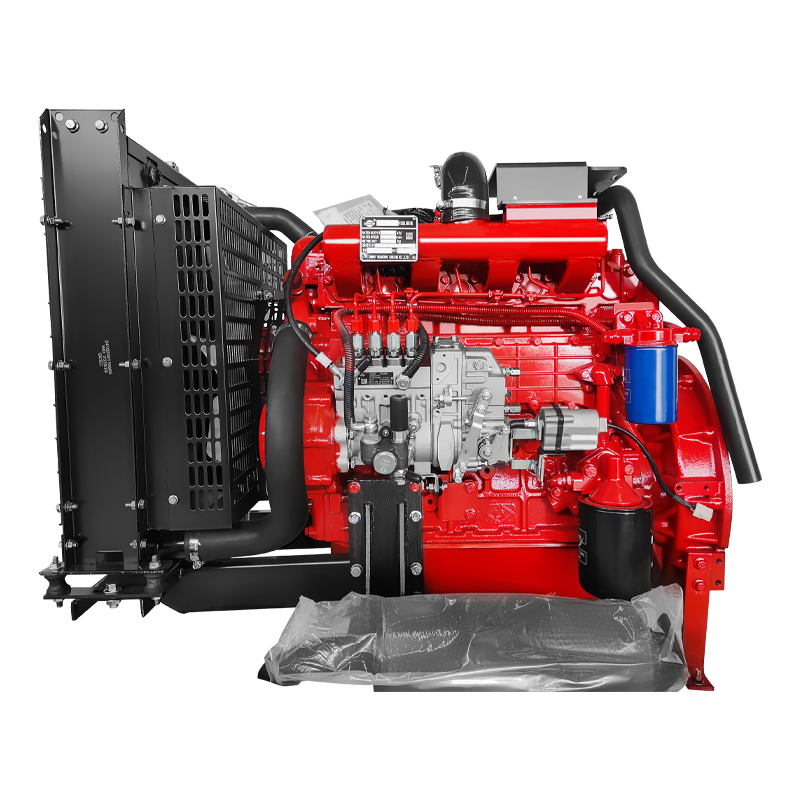 Engine and Pump
Engine and Pump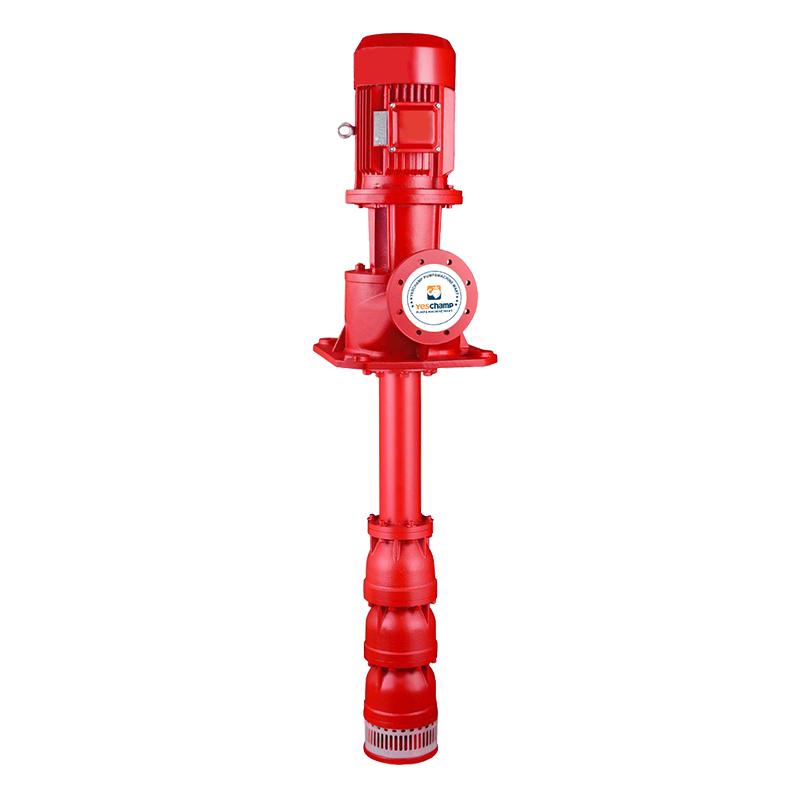 Long Shaft Pump
Long Shaft Pump Multistage pump
Multistage pump Water Supplier System
Water Supplier System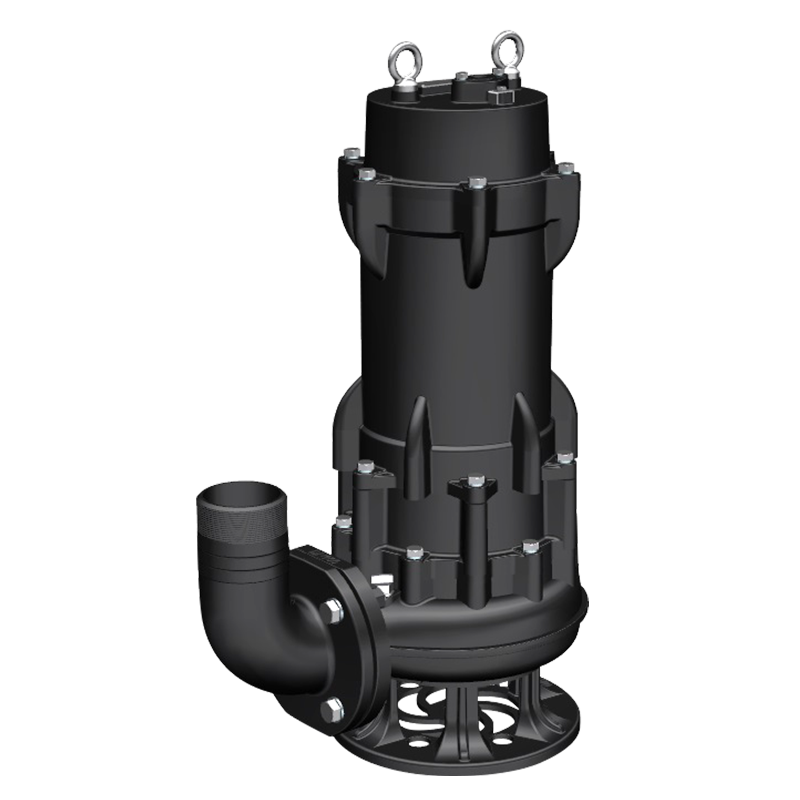 Sewage Pump
Sewage Pump Industrial Pump
Industrial Pump Self-Priming Pump
Self-Priming Pump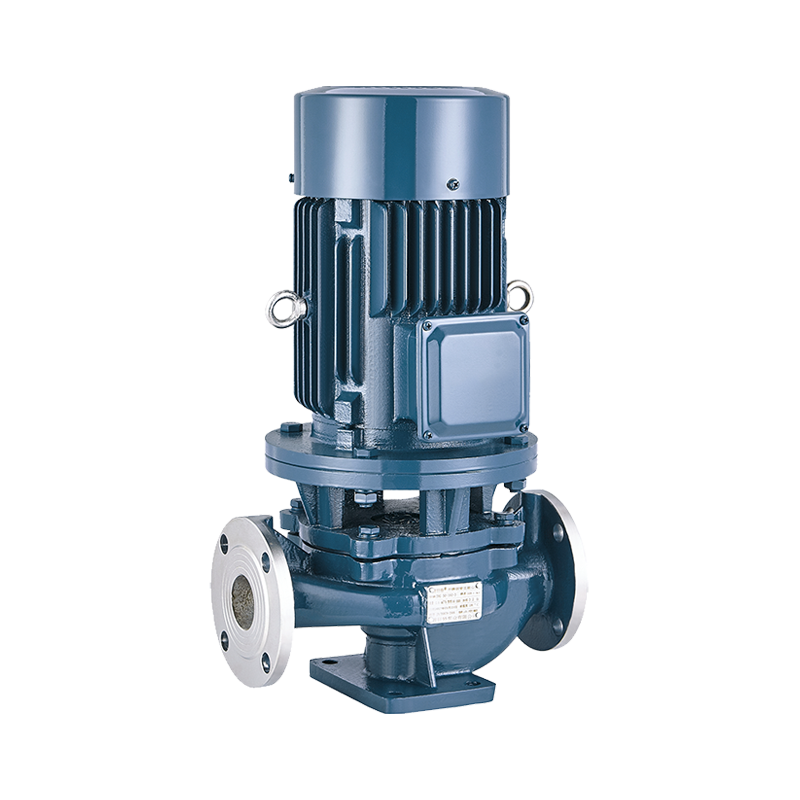 Inline Pump
Inline Pump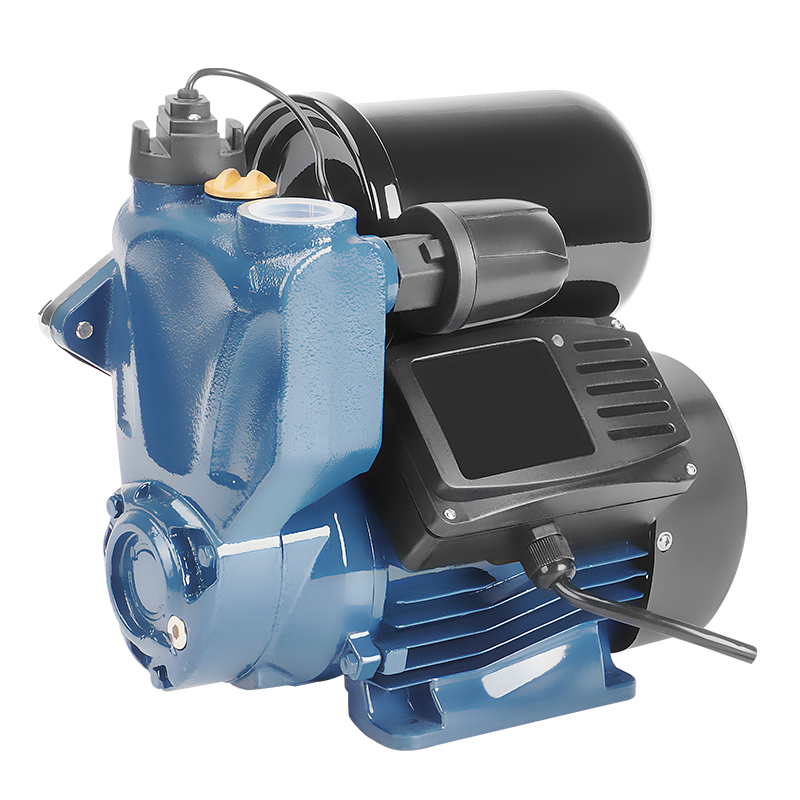 Domestic Pump
Domestic Pump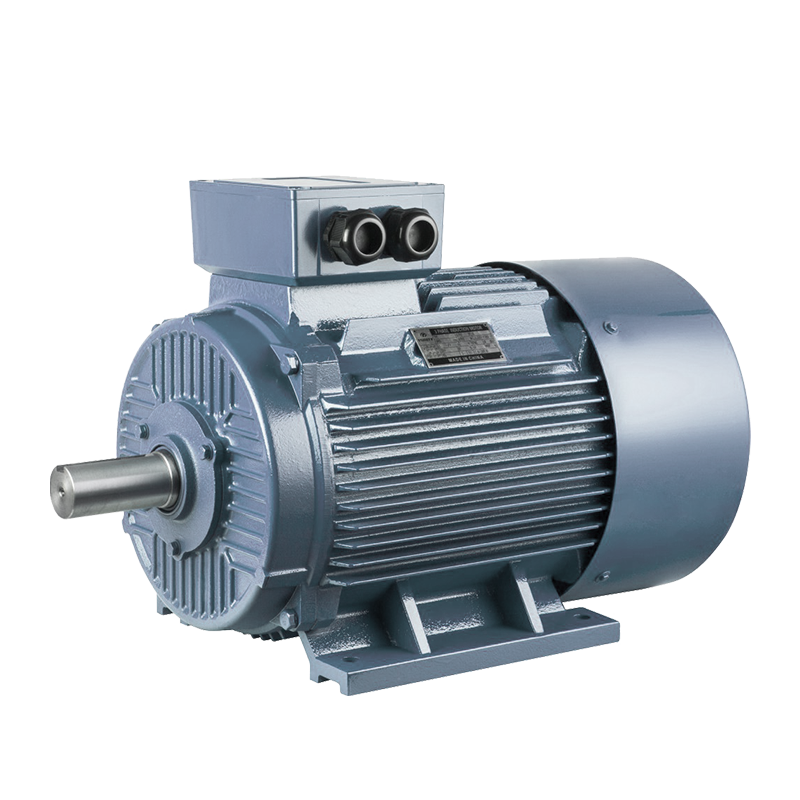 Electric Motor
Electric Motor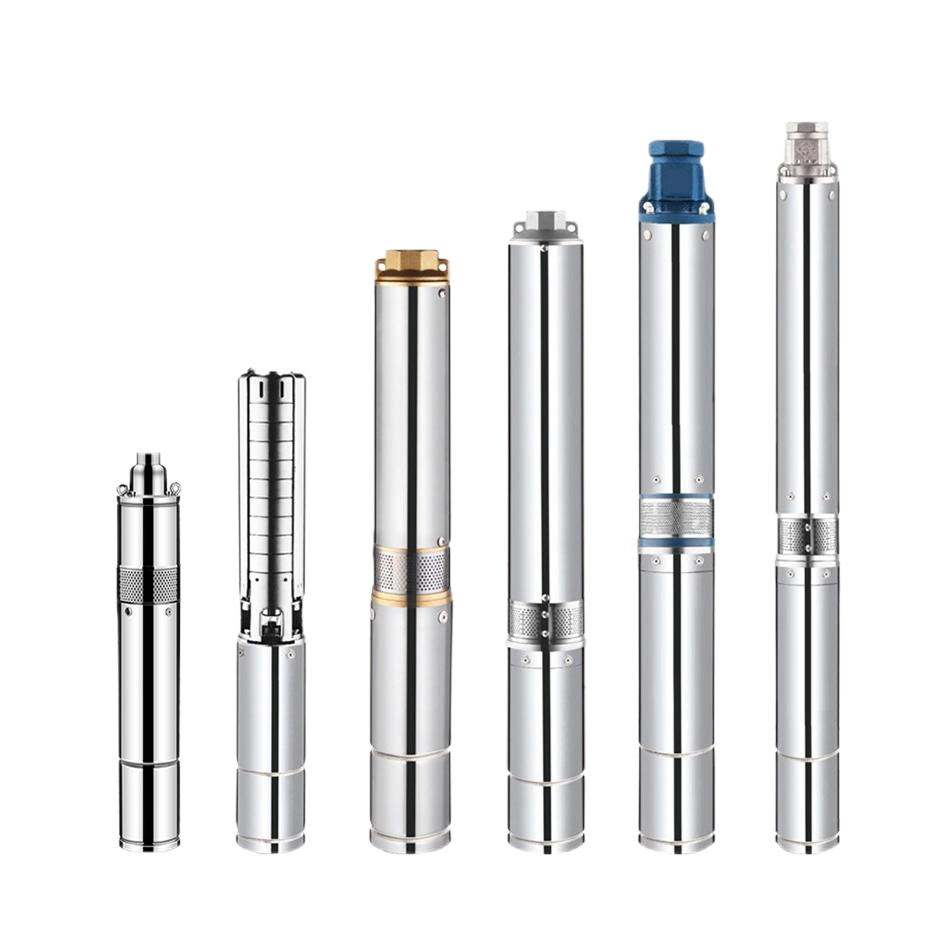 Borehole Pump
Borehole Pump